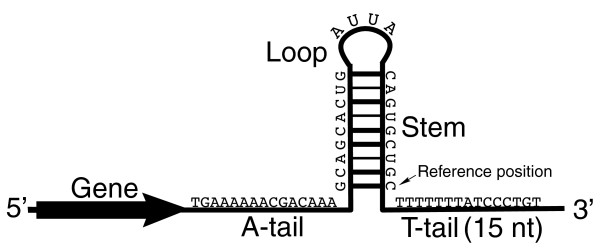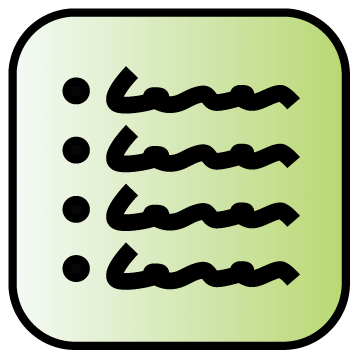Terminators

Terminators are genetic parts that usually occur at the end of a gene or operon and cause transcription to stop. In prokaryotes, terminators usually fall into two categories (1) rho-independent terminators and (2) rho-dependent terminators.
Rho-independent terminators are generally composed of palindromic sequence that forms a stem loop rich in G-C base pairs followed by several T bases. The conventional model of transcriptional termination is that the stem loop causes RNA polymerase to pause and transcription of the poly-A tail causes the RNA:DNA duplex to unwind and dissociate from RNA polymerase.
All the E. coli terminators in the Registry are rho-independent terminators. Rho-dependent terminators are not included, because rho-dependent terminators are not specified by sequence.
| Catalog: Are you looking for a terminator to use? The registry has a collection of bacterial, yeast, and eukaryotic terminators. | |
| Design: Are you interested in designing a new terminator or terminator family? Here are some guidelines to help you design new terminators. | |
| Measurement: Are you interested in characterizing the termination efficiency of a BioBrick terminator or learning more about how previous measurements were done? Here are some notes on how termination efficiencies have been measured previously. | |
| Help: A glossary, FAQ, and further reading on Terminators. |



